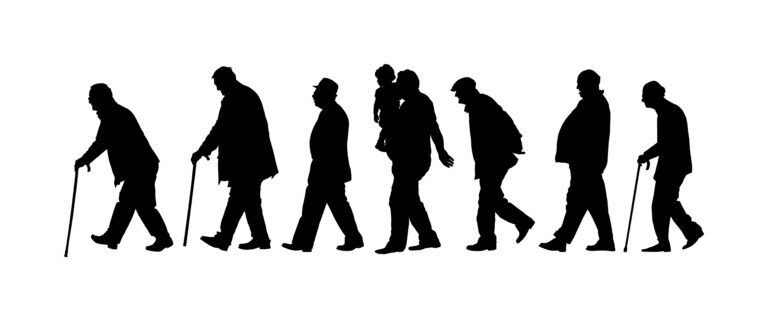Alzheimer’s disease is a progressive neurodegenerative disorder that affects approximately 5.8 million people in the United States alone. It is the most common form of dementia and is characterized by memory loss, cognitive decline, and changes in behavior. As the disease progresses, individuals with Alzheimer’s often face challenges in communicating with others, leading to frustration and isolation. In such cases, alternative communication methods can be crucial in improving communication and enhancing the quality of life for both patients and their caregivers.
What is Alternative Communication?
Alternative communication refers to any form of communication other than verbal speech that is used to express one’s thoughts, needs, and feelings. It can take many forms, such as sign language, picture boards, gestures, and writing. For Alzheimer’s patients, alternative communication can be a valuable tool in helping them express themselves and engage in meaningful interactions with others.
Why is Alternative Communication Important for Alzheimer’s Patients?
As the disease progresses, communication becomes increasingly challenging for individuals with Alzheimer’s. They may struggle to find the right words, forget what they wanted to say, or have difficulty processing and understanding information. This can lead to frustration, confusion, and withdrawal from social interactions. Alternative communication methods can help bridge this gap and enable patients to express their needs and emotions more effectively.
Benefits of Alternative Communication for Alzheimer’s Patients
1. Improves Social Interactions: Alzheimer’s patients often struggle to communicate effectively, leading to social isolation. Alternative communication methods can help them engage in conversations and connect with others, reducing feelings of loneliness and promoting social well-being.
2. Enhances Sense of Control: As the disease progresses, individuals with Alzheimer’s may experience a sense of loss of control over their lives. Alternative communication methods can provide them with a sense of independence and self-determination by allowing them to express their thoughts and needs.
3. Reduces Challenging Behaviors: Difficulty in verbal communication can lead to frustration, agitation, and challenging behaviors in individuals with Alzheimer’s. Alternative communication methods can help reduce these behaviors by enabling patients to communicate their needs without relying solely on speech.
4. Improves Caregiver-Patient Relationship: Caring for a loved one with Alzheimer’s can be challenging, especially when communication barriers exist. Alternative communication methods can help caregivers better understand and respond to the patients’ needs, promoting a more positive and supportive relationship.
5. Preserves Memory: Using visual aids such as picture boards or memory books can help Alzheimer’s patients preserve their memories and maintain a sense of self-identity. This can be particularly beneficial in the later stages of the disease when verbal communication may not be possible.
Tips for Implementing Alternative Communication for Alzheimer’s Patients
1. Start Early: It is essential to start incorporating alternative communication methods as early as possible in the disease process. This allows patients to become familiar with the techniques and makes it easier for them to use them later on.
2. Be Patient: Learning and using alternative communication methods may take time and practice. Be patient and encourage patients to communicate at their own pace.
3. Use Familiar Objects: Incorporate familiar objects or pictures into the alternative communication methods to make it easier for patients to connect with them.
4. Keep it Simple: Use simple, easy-to-understand language and avoid long sentences. This will make it easier for individuals with Alzheimer’s to process the information and communicate effectively.
5. Involve Caregivers: Caregivers play a vital role in supporting alternative communication for individuals with Alzheimer’s. They should be involved in the process and educated on the techniques to effectively communicate with their loved ones.
In conclusion, alternative communication methods can be a valuable tool in improving communication for individuals with Alzheimer’s disease. They can promote social interactions, enhance a sense of control, reduce challenging behaviors, improve caregiver-patient relationships, and preserve memory. By incorporating these techniques into their care, we can help improve the quality of life for both patients and their caregivers.





